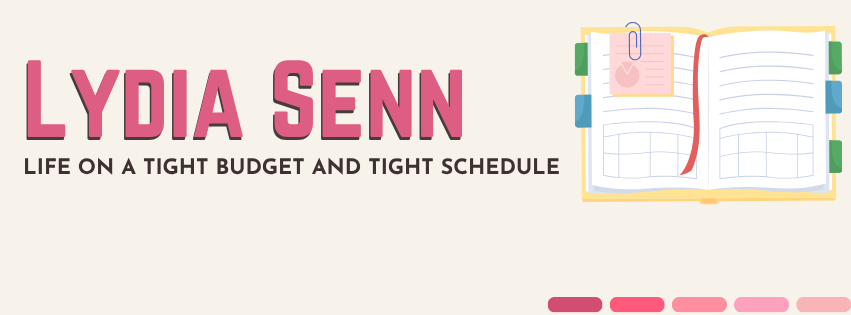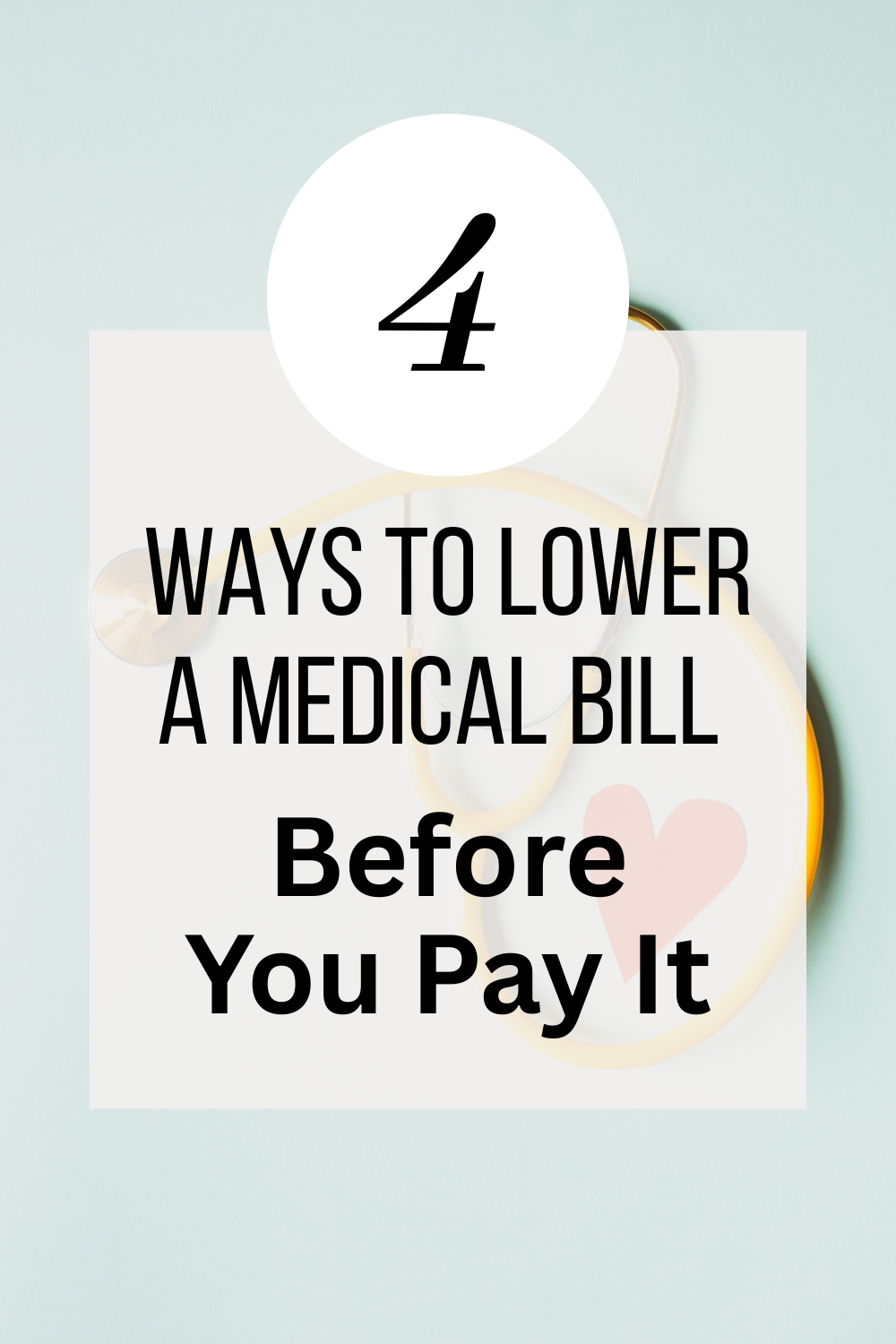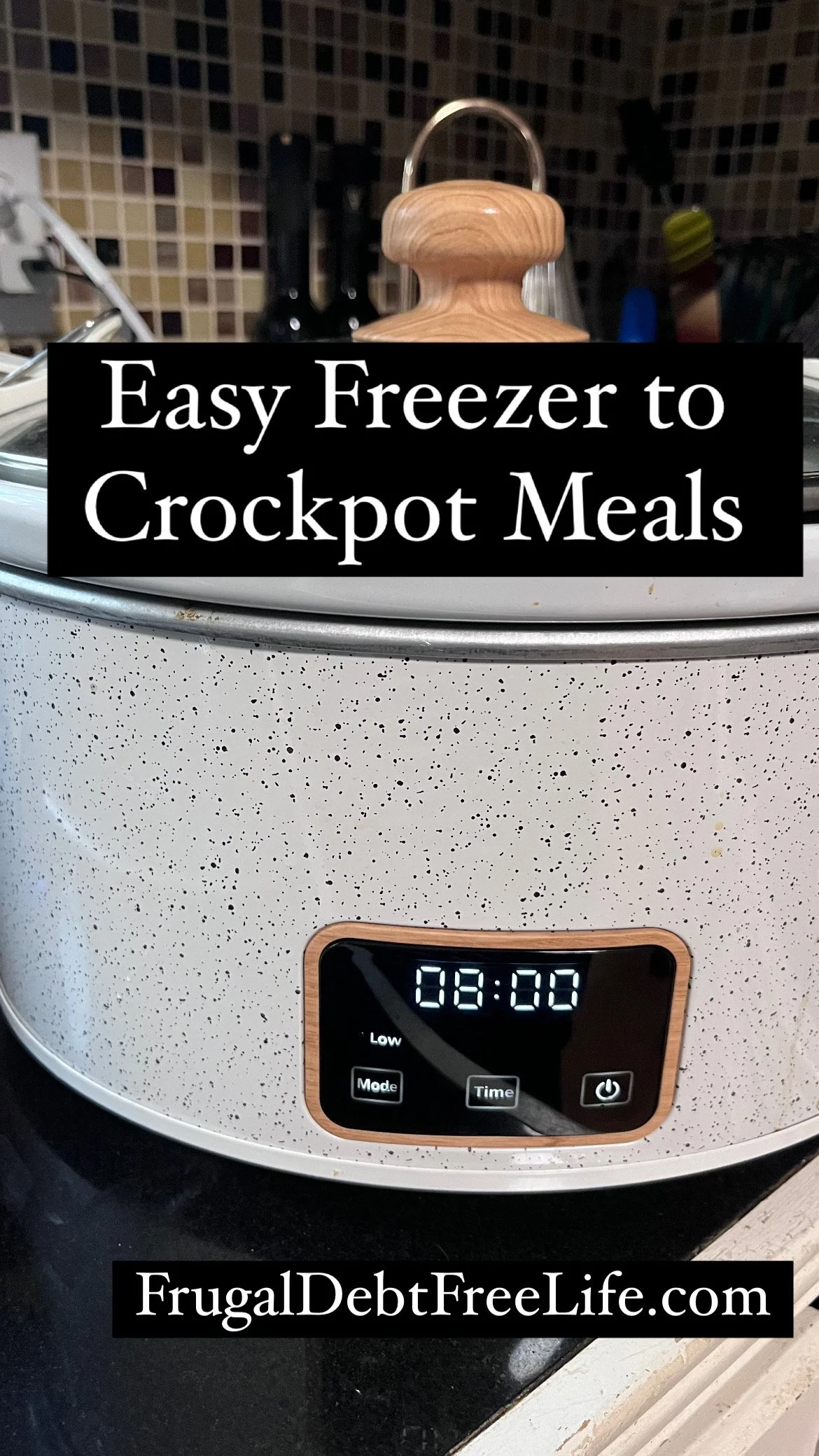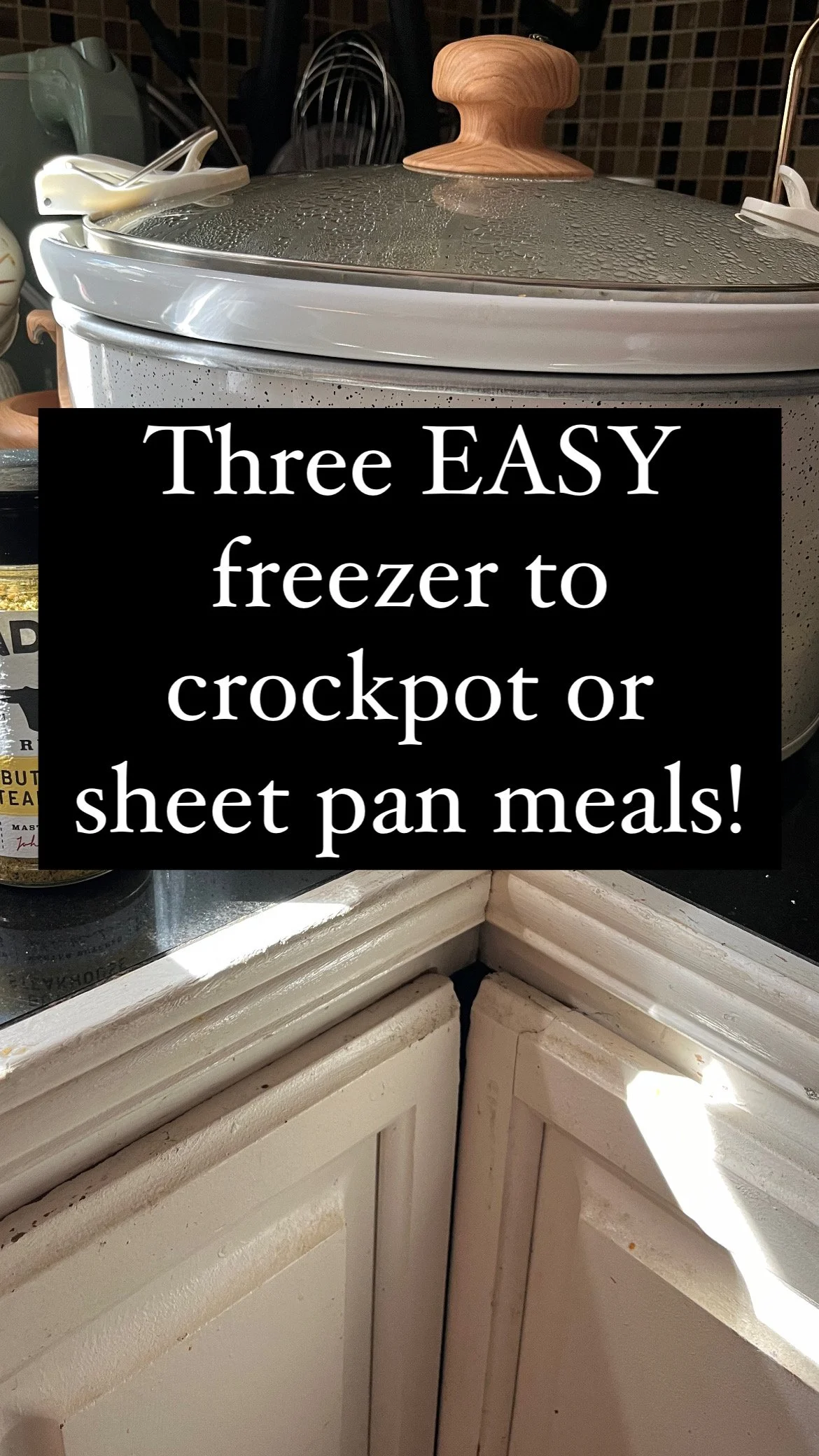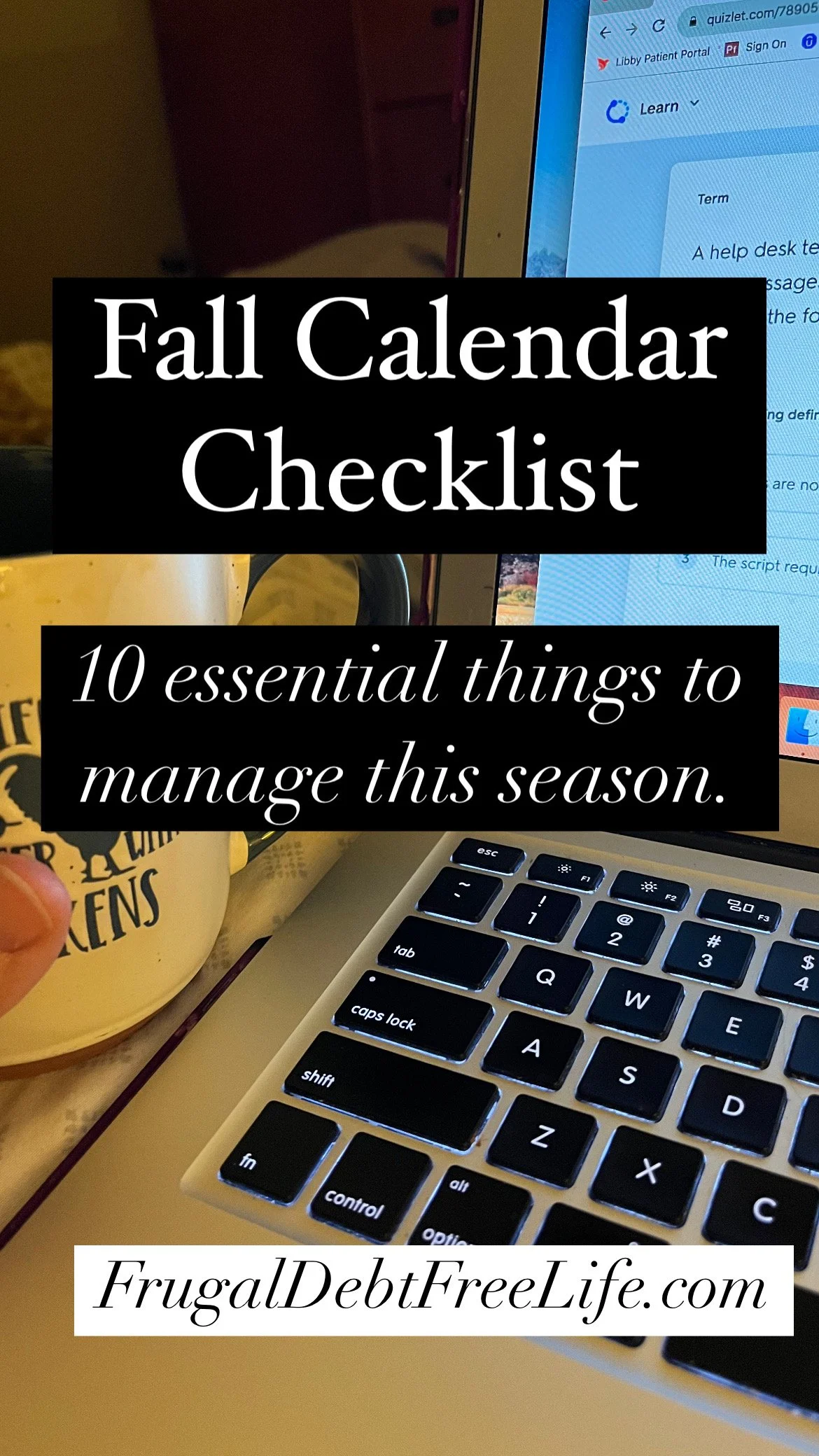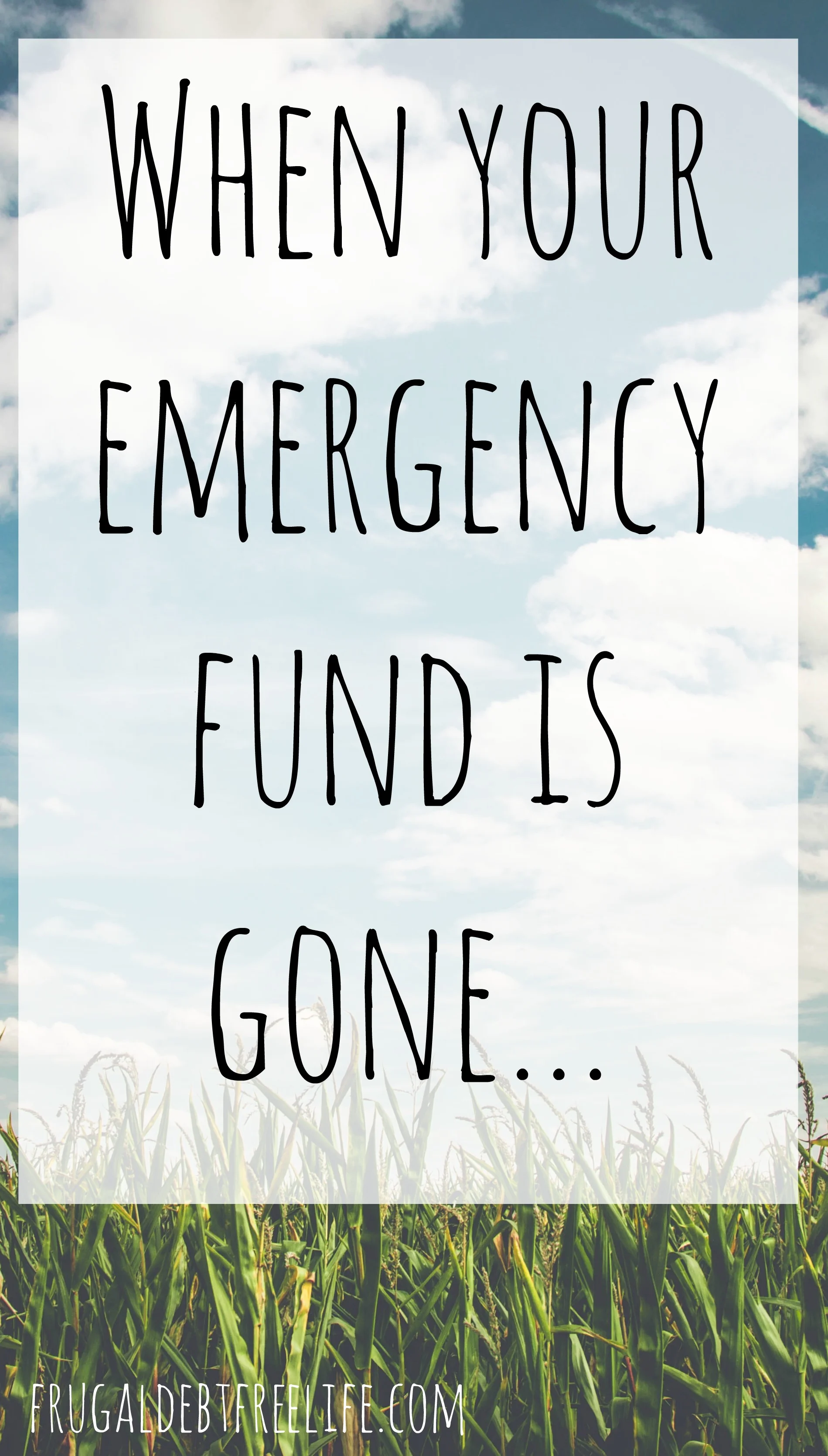Budgeting When You're Behind On Your Bills
Budgeting when you're behind on your mortgage and utility bills can be challenging, but it's essential to address these financial obligations to avoid further financial distress. Here's a step-by-step guide to help you get back on track:
Budgeting when you're behind on your mortgage and utility bills can be challenging, but it's essential to address these financial obligations to avoid further financial distress. Here's a step-by-step guide to help you get back on track:
Gather all your financial documents, including bank statements, bills, and pay stubs, to get a clear picture of your income and expenses.
Make a list of all your debts, including the overdue mortgage and electric bills.
Contact Your Creditors:
Reach out to your mortgage lender and electric company as soon as possible to explain your situation. They may be willing to work with you to create a payment plan or offer temporary relief.
Create a Priority List:
Prioritize your expenses, putting essential needs like housing, utilities, groceries, and transportation at the top of the list.
Develop a New Budget:
Create a detailed monthly budget that accounts for all your income and expenses.
Cut unnecessary expenses: Identify non-essential spending, like eating out or subscription services, and temporarily eliminate or reduce them.
Negotiate with Creditors:
Work with your mortgage lender and electric company to negotiate repayment terms that are manageable for your current financial situation. This may include extended payment plans or temporary reductions in monthly payments.
Look into Low Income Home Energy Assistance Program (LIHEAP) for help with your utilities. Google what assistant programs are available in your community.
Seek Financial Assistance:
Investigate local or government assistance programs that may be able to help you catch up on overdue bills.
Stick to Your Budget:
Strictly follow your budget to ensure you allocate enough money each month to cover your mortgage and electric bills.
Start with the money you have in your account- TODAY.
Monitor Your Progress:
Regularly review your budget and financial progress to make adjustments as needed.
Financial Counseling:
Consider seeking assistance from a credit counseling agency or a financial advisor. They can provide guidance and resources to help you get your finances back on track.
Remember that addressing overdue bills may take time, patience, and discipline. It's essential to communicate with your creditors, create a realistic budget, and stick to your plan to gradually catch up on your mortgage and electric bills while avoiding further financial strain.
When your emergency fund is gone...
I got a really important comment recently on my YouTube channel and I thought I would share it with you.
I got a really important comment recently on my YouTube channel and I thought I would share it with you.
Last year I saved $8,000 for our emergency fund twice. First, I wrecked my car I saved another $8,000 and my husband's car broke down... repairs were way more than the car was worth so we got a very used replacement car (paid cash YAY!!!!!) but now have to rebuild brick by brick. I know we can do this... but I am discouraged.
Wow, this comment spoke to me. I've been there. I've been there so many times. We've worked to build up our savings only to have life happen and have the ground ripped out from under us.
So what do you do when your emergency fund is gone?
My answer might not be what you're expecting. But trust me when I say that a lot of time and thought has gone into it. So what do you do? You give thanks.
Wait, before you punch your computer or throw your phone across the room, hear me out. I've been there, with my emergency fund gone, looking at a zero balance savings account and feeling crushed.
Each time I've had to withdraw money from our savings account it hurts. I think about the long hours we worked to save that money. I think of the extra time my husband put in away from us. I think about all the long nights I spent working only to get up early with my babies.
And then I remind myself how grateful I am that the money was there. When our car AC went out and I had two small children to drive around in the Alabama heat. When my transmission needed repairing. When our fridge suddenly died over Easter weekend, when my son needed medical testing, when our inside AC unit had to be replaced. My emergency fund was there to see me through. Whether it was our starter fund of $1,000 or our larger emergency fund. The money was there.
Yes, it's hard to see it all go in one fell swoop. But each time I am grateful it was there. I didn't have to swipe a credit card and rack up interest. I didn't have to go back into debt. I didn't feel the bitter sting of desperation.
The money was there when I needed it. I won’t lie, some part of my panics when the emergency fund gets too low, but I take a deep breath and remind myself that I did once, I can do it again.
I had the means to earn the cash and the willingness to save the cash I can do it again. I know how it feels to have that money when I needed it and that’s a driving force to do it again.
So if you’re in the thick of it like this sweet reader, know that you’re not alone. I have been there. Many of us have been there. And also know that while it’s frustrating and exhausting you can do it again. Each time I've had to withdraw money from our savings account it hurts. I think about the long hours we worked to save that money. I think of the extra time my husband put in away from us. I think about all the long nights I spent working only to get up early with my babies. And then I remind myself how grateful I am that the money was there.
When our car AC went out and I had two small children to drive around in the Alabama heat. When my transmission needed repairing. When our fridge suddenly died over Easter weekend, when my son needed medical testing , when our inside AC unit had to be replaced. My emergency fund was there to see me through. Whether it was our starter fund of $1,000 or our larger emergency fund. The money was there.
Yes, it's hard to see it all go in one fell swoop. But each time I am grateful it was there. I didn't have to swipe a credit card and rack up interest. I didn't have to go back into debt. I didn't feel the bitter sting of desperation.
The money was there when I needed it.
Four steps for building up your emergency fund fast
I like to refer to my emergency fund as my financial secret weapon. But if you’re starting from scratch the idea of building an emergency fund might be a little overwhelming. So today I am going to give you a few tips to help you build that emergency fund faster.
I like to refer to my emergency fund as my financial secret weapon. But if you’re starting from scratch the idea of building an emergency fund might be a little overwhelming. So today I am going to give you a few tips to help you build that emergency fund faster.
This is my plea to you -- to stop whatever it is you are doing and go right now and start working on an emergency fund.
But first: What is an emergency fund?
The definition is right there in the name. It's money set aside for an emergency
But what is an emergency?
This is where the gray area starts to set in. Maybe your car dies and you need to get it repaired so that you can go to work. Or maybe you end up needing to buy a little beater to drive around town until you get back on your feet. Maybe you lost a job and you need that money to live off of for a little while. Or maybe there's a death in the family and you need to cover travel expenses to get to a funeral. There are lots of cases that can be considered an emergency.
I'm very grateful for our emergency fund. I'm always grateful that it's there even when it takes a hit because I don't know what we would do without it. Because I feel like your emergency fund gives you options. When you get desperate, that's when bad decisions really start to happen and start to pile up. And as I've said before, bad decisions don't just come one at a time; bad decisions are like a hoard of zombies that will eat you alive. They never come alone. They always travel in packs.
Having an emergency fund in place is that breath of oxygen that you need to boost you through the coming days and weeks.
Now if you're a follower of Dave Ramsey, he says to start with $1,000 or $500 if your income is under, like, $20,000 or something like that. You start off with around $1,000, then you pay off your bills, largest to smallest. And then you save up for a 3-6-month emergency fund. That is great advice. I think $1,000 is a great place to start.
I think that, long-term, $1,000 is not going to be enough. My personal opinion. We'd maybe want to have $2,000 or $3,000.
But the good news is: you don't have to have your emergency fund in place overnight.
Take small actionable steps to maybe cut some things from your budget and see if you can start sucking up cash. But getting that emergency fund in place absolutely has to be your #1 priority. It's like an insurance policy.
Yes, it hurts to spend that money. But you're going to be so glad that it's there.
I recently listened to a story on NPR that was absolutely heartbreaking. It talked about how the majority of working Americans do not have enough money to cover a $500 emergency. Meaning that $500 would be financially catastrophic for them. Guys, that breaks my heart.
I was folding laundry earlier today and watching old episodes of This Is Us because I'm trying to catch up. I was thinking about how hard life was when we were in debt. This was before we had children or anything. We would question "What bill are we going to pay this month? What's going to be late? Who are we going to have to call for an extension?"
That's not our life anymore. But I was always living in constant fear that there was going to be some sort of emergency and we were not going to be able to get through it.
So let's talk about a few ways that you can build up your emergency fund quickly.
Stop spending money
Obviously, the first thing you're going to want to do when saving up for that emergency fund is stop spending money.
Don't go out to eat. Don't buy coffee. Cancel your Netflix subscription. Save every penny you have until you have $1,000.
Find ways to save
I talked about doing an eat from the pantry challenge recently. A lot of you had questions, so I'll make a video all about that later. But what I mean by eat from the pantry, I don't mean just like beans and pasta in your pantry, I mean whatever you have in your refrigerator and in your freezer. Just for one or two weeks, you don't buy groceries and you eat up all that food that you have in your house.
You save some money and you put it towards your emergency fund.
7 dinners that you can make for $5 or less.
Eat from the pantry challenges, eat from the freezer challenges, whatever they are -- it's like magic money that just shows up.
Earn some extra cash
Go through your house and see if you can find anything to sell.
Anything at all. If it's not nailed down, sell it. I made $440 in one week selling things off eBay and on Facebook marketplace. I'm actually going through my house again because I've got some goals that I'm trying to reach.
You need to have a yard sale, have a yard sale. We made $220 one Saturday morning in just about two hours just doing a yard sale. It's amazing, but it is a lot of work, I will say that. You can also use Amazon trade-in to trade in DVDs and books. I'll link below to a blog post that I wrote about that. You're not going to get cash but you will get Amazon gift cards that you can use to buy your necessities while you're saving up cash. Things like coffee, toiletries, toilet paper, diapers, that sort of thing.
10 side hustles to help you earn extra cash.
Find some more income.
Start a side hustle, if you have to. Start proofreading; start doing some transcription work; take on some babysitting jobs, if you need to. The girl in our homeschool coop is selling loaves of sourdough bread. Use whatever skills and talents that you have.
Grocery store savings tips and tricks : How to save money at the supermarket
We all know to shop smart with a list, right? But grocery stores spend a lot of money figuring out the best ways to market to you and to make the grocery store as appealing of a place as possible so that you walk in and just throw your list over the shoulder and buy whatever looks pretty.
We all have to buy groceries. It's just a part of living life, and there's no way around it.
Food costs money -- especially if you want to buy quality food. But I want you to save money on your groceries where you can. So here are some tricks and some things to avoid.
We all know to shop smart with a list, right? But grocery stores spend a lot of money figuring out the best ways to market to you and to make the grocery store as appealing of a place as possible so that you walk in and just throw your list over the shoulder and buy whatever looks pretty.
1. Avoid front displays
They look really colorful and bright, and they're well-lit. And they seem like good deals. But they're not usually. In fact, the other day, I was walking through Publix and I saw these pre-made kabobs on sale -- $2 off. Only $5.99 a pound. Ah, no.
Publix had their chicken breast on sale that week for $1.99, and you can get bell peppers for $0.79 apiece. So, really, you could save yourself about $3 a pound by just taking five minutes to cut up your own chicken and bell pepper.
2. Precut costs more
Anything that is pre-chopped and precut, you're going to pay more for. Those already made things of watermelon and fruit salad cost way more money than they would if you bought the items yourself and chopped them up.
However, I'm going to tell you that if buying the precut vegetables and fruits and buying the bagged salad means you're actually going to eat it and it's not going to get pushed to the back of the refrigerator and it's not going to be wasted, do it.
If buying a rotisserie chicken and precut watermelon means you don't go to the drive-thru and spend $25 on dinner, do it.
Spending $7.99 on a rotisserie chicken that, yes, would have cost you $4.99 to make and save you a whole $3 -- that's where I'm telling you to be realistic when grocery shopping. Yes, I save a lot of money by going ahead buying things whole and then cutting them up myself, portioning them out and putting them in the refrigerator. But if that's one more thing you have to do and one more thing that you don't have time for, girl, you buy that precut watermelon.
3. Look at the price per pound or price per unit
In the produce department, you have a few options: there are different types of apples, different colors, and different weights. You might see loose apples on sale for a $1.99.
One thing that I've noticed more and more of is that those pre-bagged bags of apples, I'm able to get a 5-pound bag for $4.99 or $3.99, whereas apples on their own cost a $1.99 a pound. So I come out better buying the bagged apples. That's not always the case, but that's something that I've seen more and more of lately.
It's really helpful to pull up the calculator on your phone and see what's going to be a better value. For us, the smaller-sized apples that come in the bag also work because my kids eat the whole apple, and we're not having, like, a part of an apple that I find in the couch later.
Also, be sure to check out the corner of those little tags because they will tell you the price per unit, the price per ounce, the price per item. And you can really cost-compare and see if one brand is going to save you more than the other.
4. Avoid gimmicks!
You know those labels that say "2 for $5" or "2 for $4" or "10 for $10" -- you don't have to buy 10 of them to get the sale. You could just buy one and you'll get the sale, unless it's noted otherwise.
5. Eye level costs more
Also, when you're walking through the grocery store, eye level stuff is more expensive. This is especially noted with cereal. If you just looked down to the bottom shelf, you can save yourself $1 to $2 a box for what is essentially the same thing. (I don't think my kids have ever had store brand cereal. Cereal is a treat in our house to begin with because it's not a frugal breakfast. But when I do buy it, I only buy the Malt-O-Meal, so I don't think they would even know if I bought real Cheerios.)
6. Store brands are usually the same
Store brands are often just as good as their name brand counterpart. In fact, you can turn the label around and look and see that item-per-item, ingredient-per-ingredient, they're the same.
I'm going to let you in on a little secret. Actually, I used to work for a private label distributor -- meaning they made products and then sold them to other people to put their labels on. Often, we had to tour the factories. We went to tour a peanut butter factory, and I saw two different styles of jars having two different labels put on them, but the peanut butter was coming from the exact same vat. One label just had a store brand's name on it and the other label had a fictional fairytale character on it. And it was coming from the same vat.
Store brands are often just the exact same thing that you're paying a dollar less for. No-brainer.
The same thing often applies to milk and canned vegetables. It's not like Kroger has its own dairy. It is buying milk from the same dairy that Mayfield and other name brands come from.
You'll also notice that when the private label company -- the company that actually makes that product -- changes its packaging, you're going to get that item at a deep discount. That's when it's time to stock up. I saw the Sam's brand pull-ups for sale recently -- you get a box of 100 for $6. Then, I was at CVS, and they also had their training pants on clearance for like $2 a package. And I realized, "Oh, these are made by the same company. They're just putting their own label on them." So keep an eye out for that. It really helps you to be a savvy shopper.
Also, a lot of grocery stores offer rain checks now. So if you go to a grocery store and there's an advertised deal and it's no longer available, go up to the customer service counter, tell them that the deal's not there, and I know that Publix and Kroger will give you a little rain check so you can come back later and pick up the same item for the sale price.
What about you? What tricks do you have for saving $$ on groceries?
Five tips for saving money on groceries
I know what it's like to try and keep a busy family fed. And I know that grocery costs have been on the rise over the last decade.
Last week I talked about what our grocery budget is and I had a lot of people ask how I am able to feed our family of four (plus a toddler) for $400 a month. So today I am going to give you five tips for keeping grocery costs down.
I know what it's like to try and keep a busy family fed. And I know that grocery costs have been on the rise over the last decade.
Last week I talked about what our grocery budget is and I had a lot of people ask how I am able to feed our family of four (plus a toddler) for $400 a month. So today I am going to give you five tips for keeping grocery costs down.
Food is one of the few areas that we can actually control the cost.
1. Use a grocery pick up service.
I use Walmart pickup. And NO they do not sponsor me. But I feel like it saves me cash because I can see how much I am spending BEFORE I check out. And it prevents me from buying things I don't need just because they look good on the shelf.
2. Only grocery shop once a week.
So we've all done this. We need one thing from the store. So we run by on the way home from work for one jar of pasta sauce. And then we spend $47. Yup.
Don't do this. Just go without or see if you can sub that one thing and only shop ONE TIME a week.
3. Understand your sales cycle.
Buy your staples at the lowest price.
The usual sales cycle at most grocery stores is 6 to 8 weeks. This means staples like frozen vegetables, pasta sauce, rice, cereal, toiletries, babyfood you name it goes on sale every 6 to 8 weeks.
This is when things are usually at their lowest price and you can get the most bang for your buck.
You can get these things at their lowest price fill your pantry and know that when they go on sale again you can stock up on them at the same low price.
4. Understand your loss leaders.
What is a loss leader? This is something priced to move. It's priced so low the store isn't making a profit. This is a great time to stock up on items like milk and bread at their lowest prices.
Loss leaders are usually found in the back of the sales flyer. And having a good idea of what your prices usually are will help you determine if these are worth the price.
5. Prep your produce.
This won't actually save you money at the store, but it will prevent food waste, which will save you cash. Taking 15 minutes to wash, cut and store produce will save prevent you from tossing food that went bad because it got pushed to the back of the fridge.
